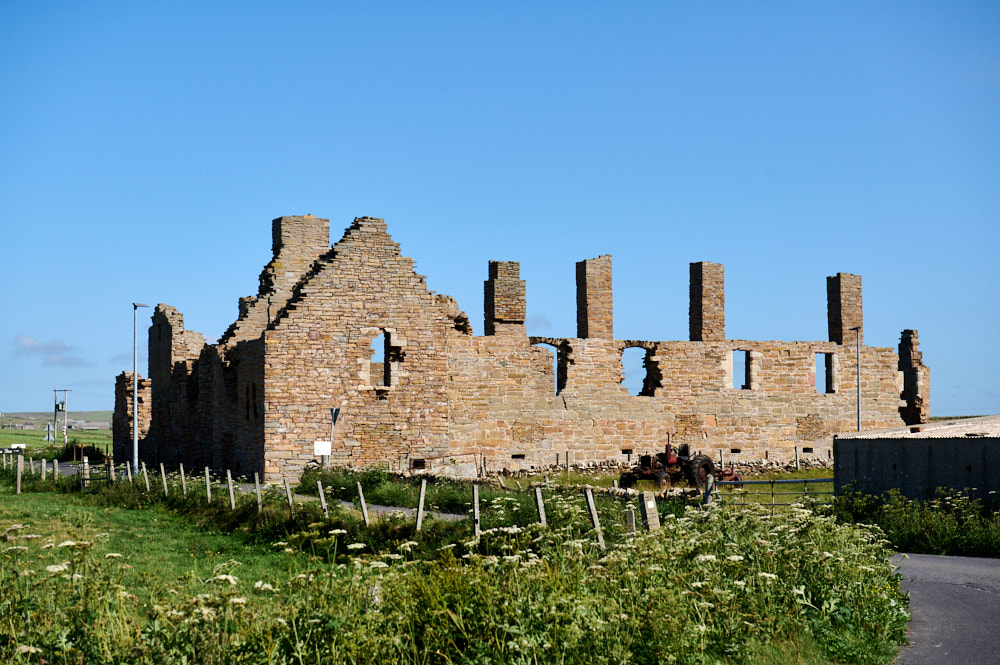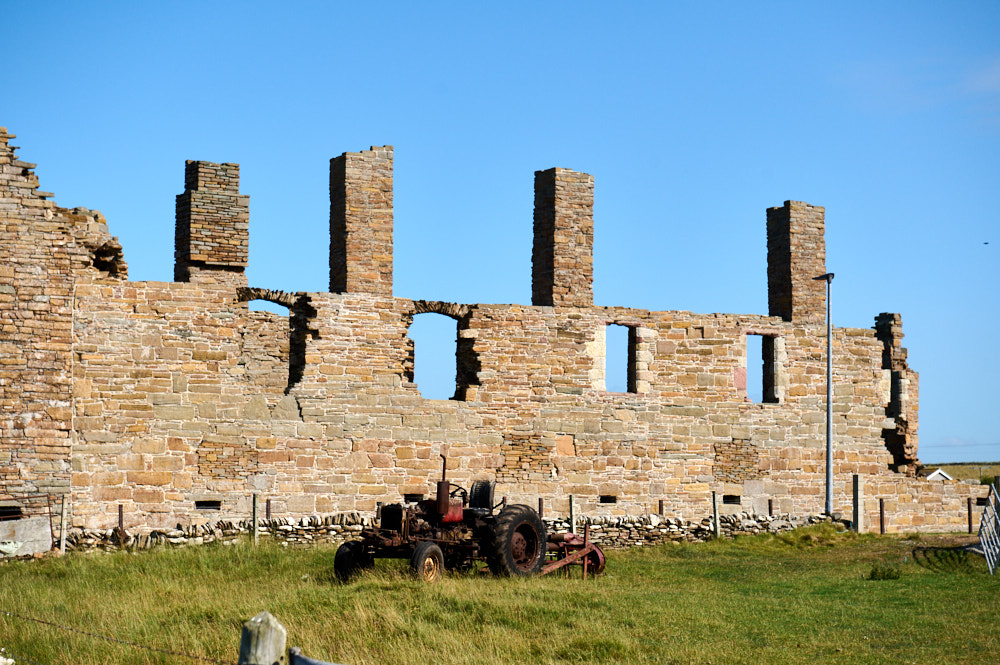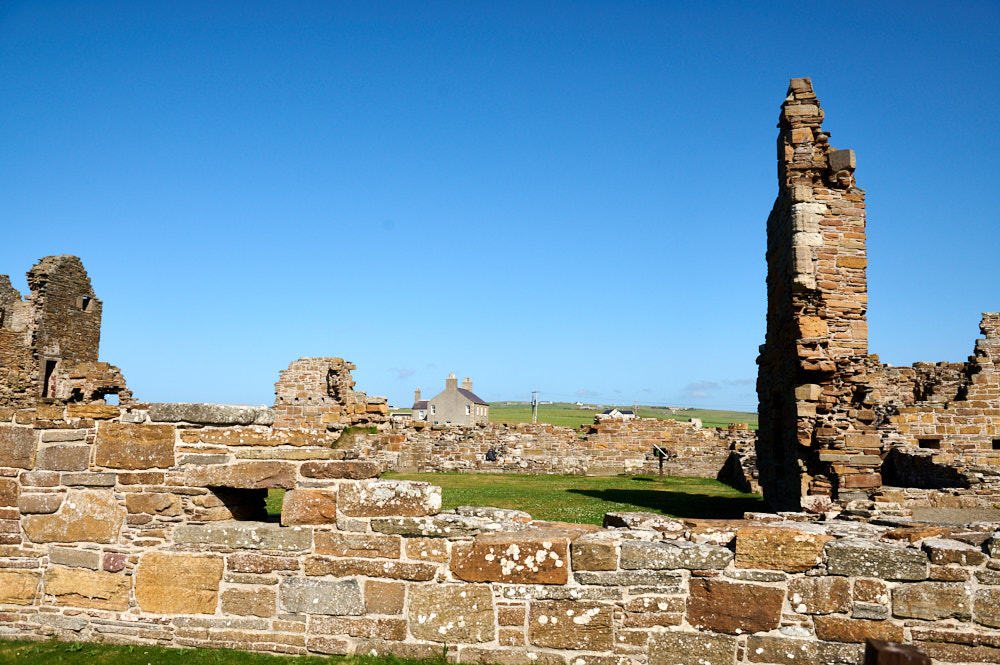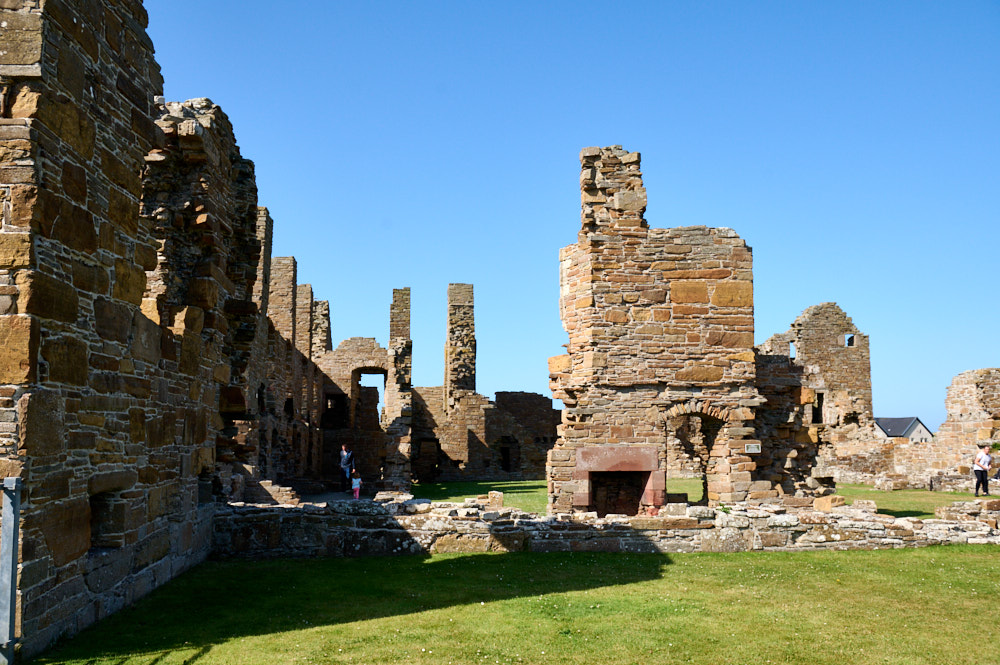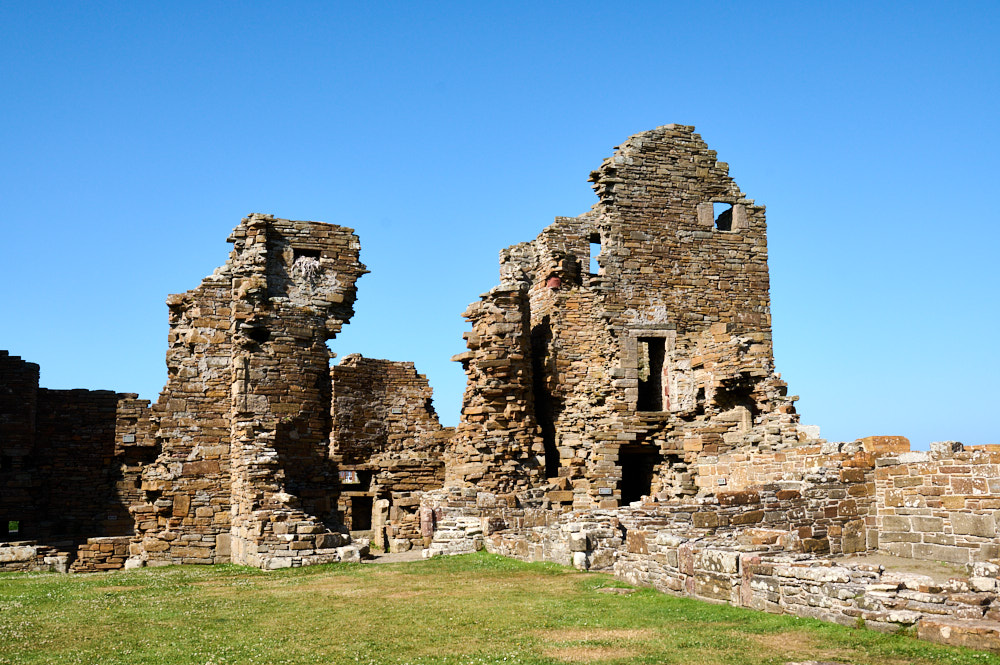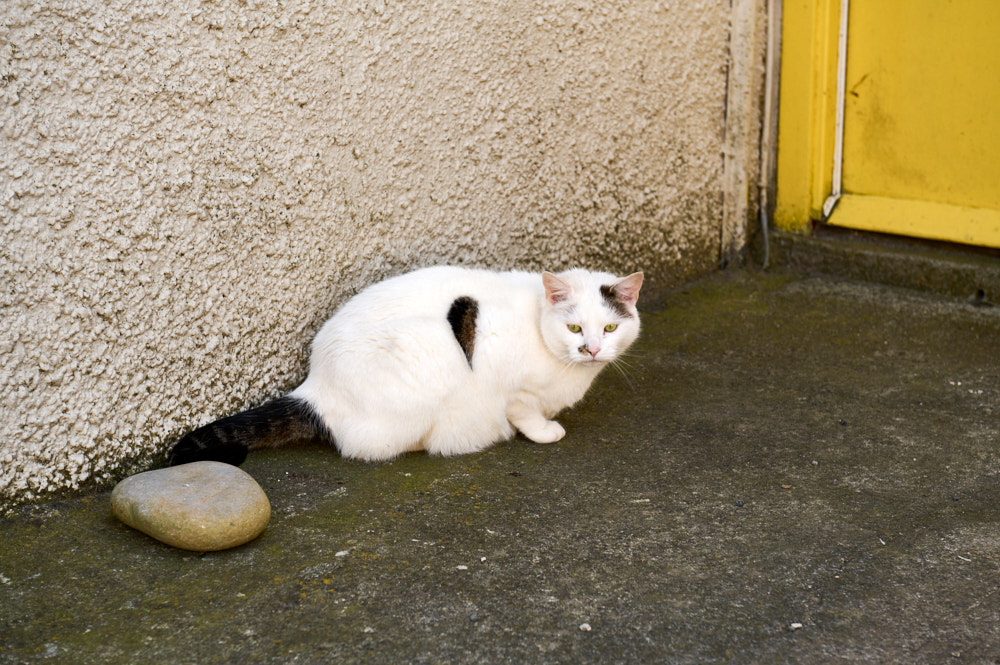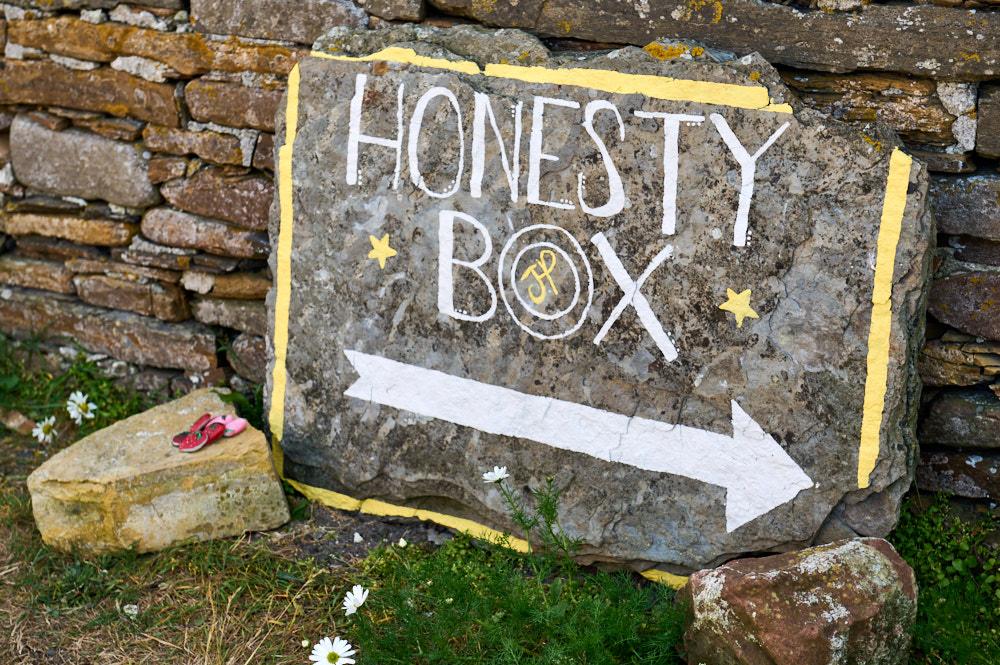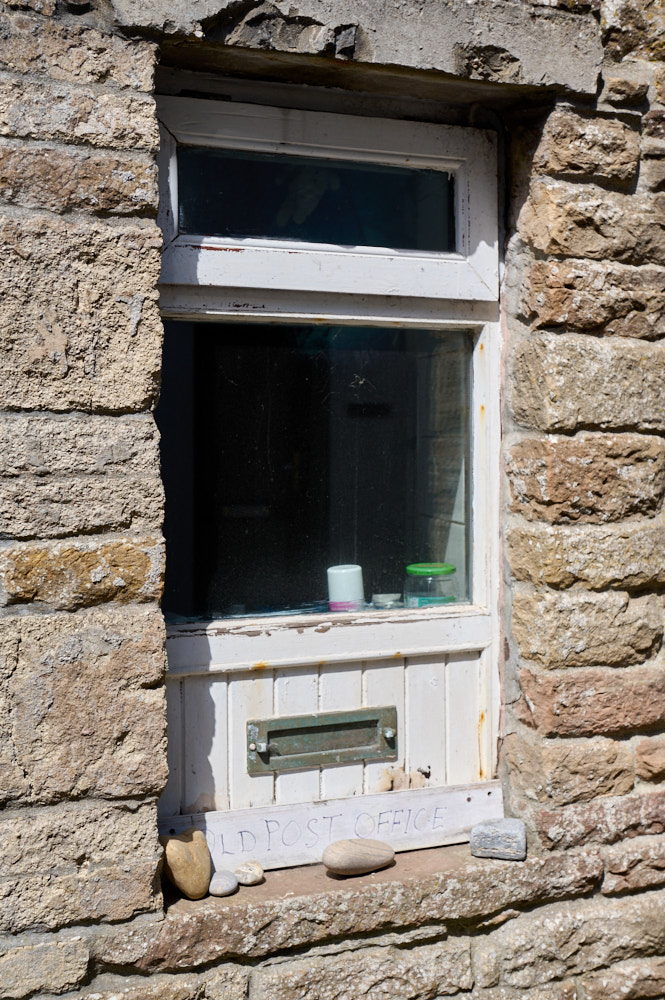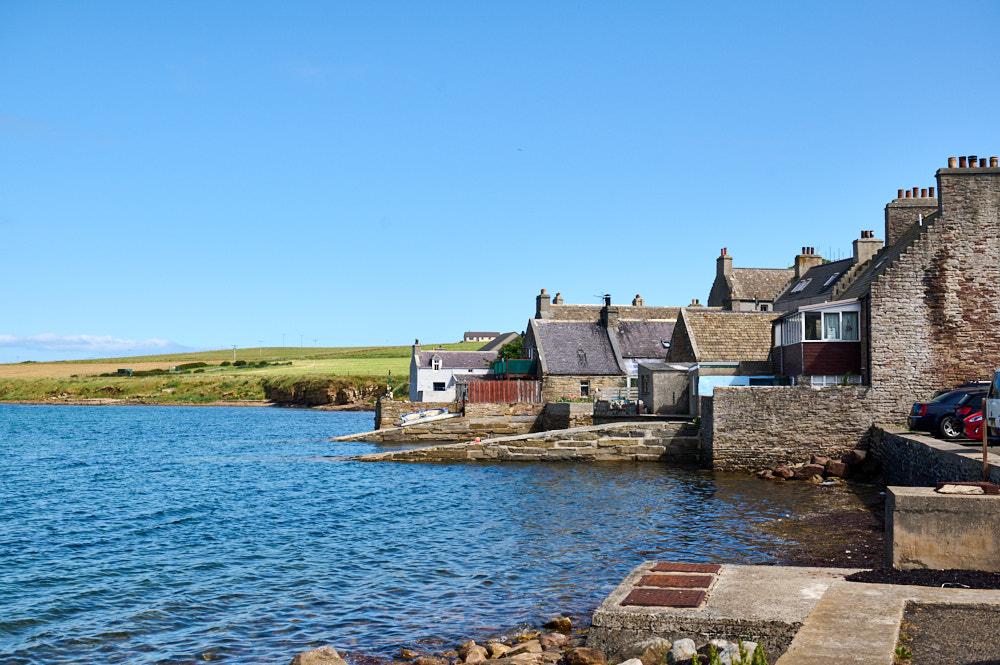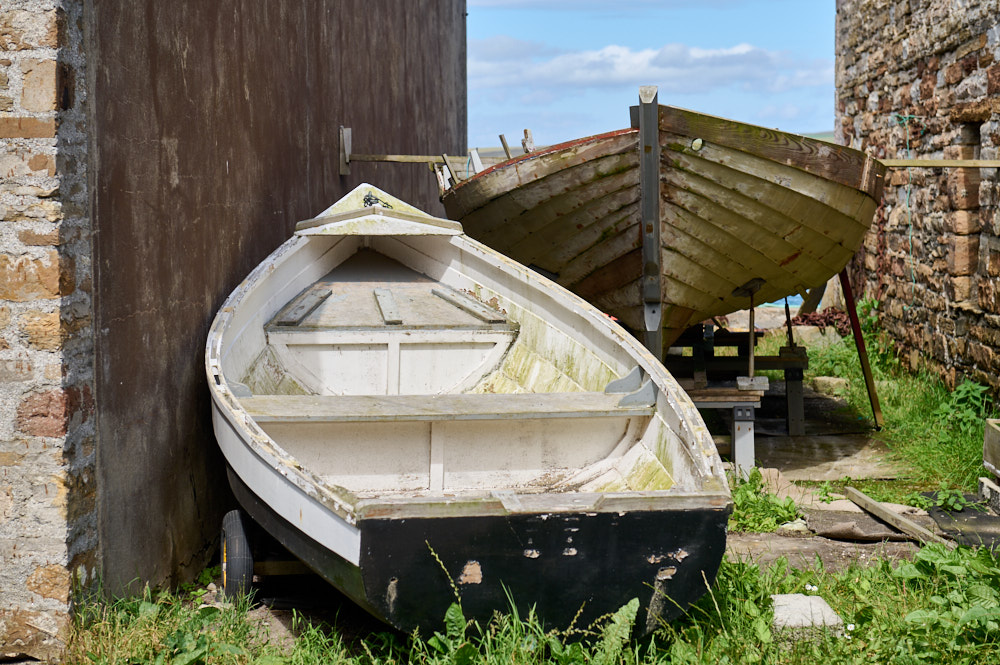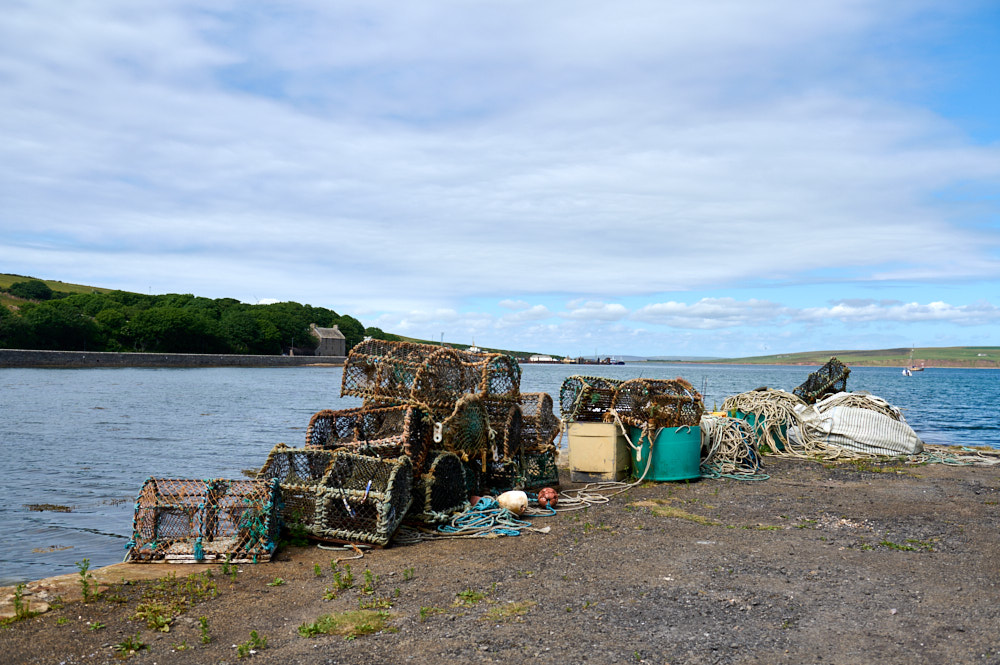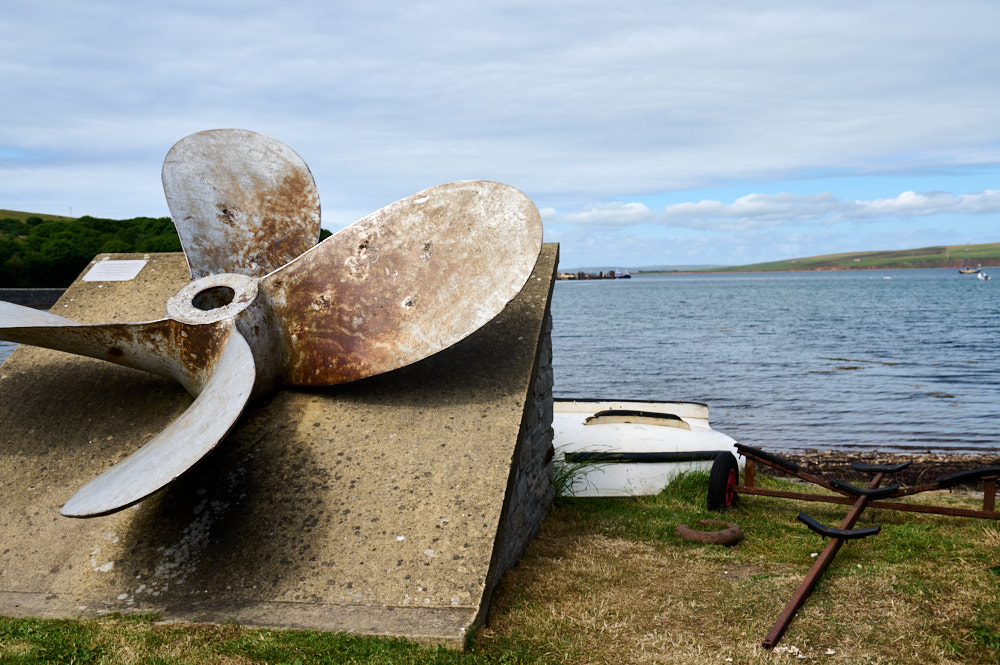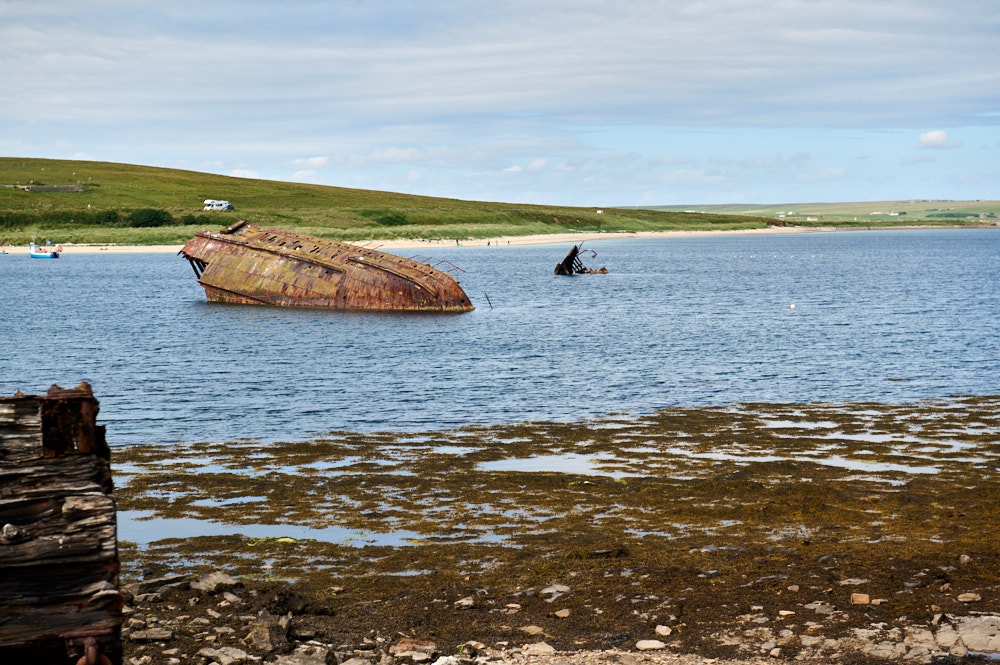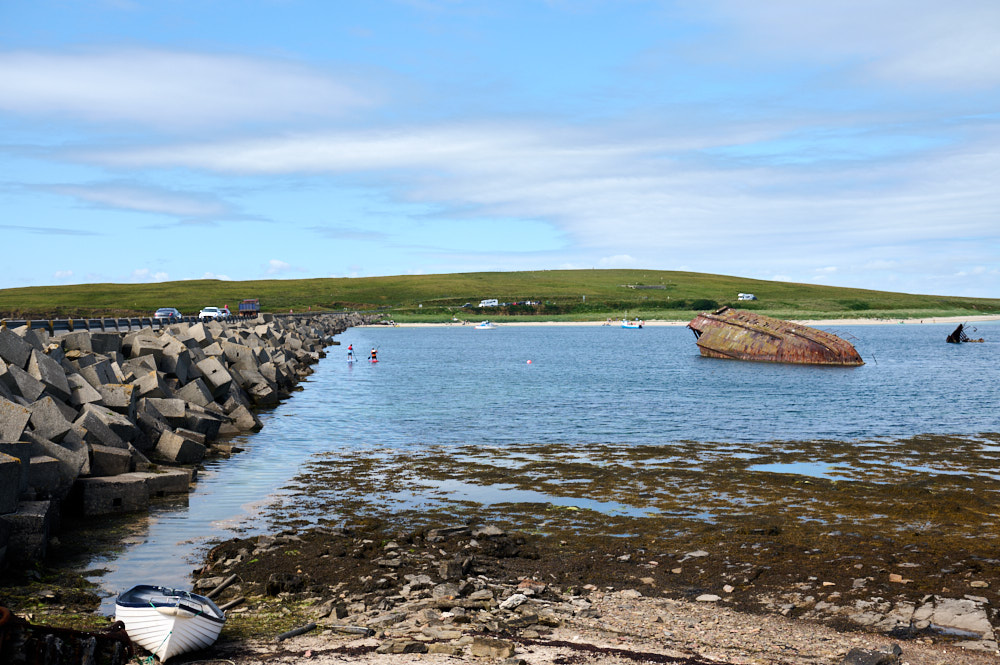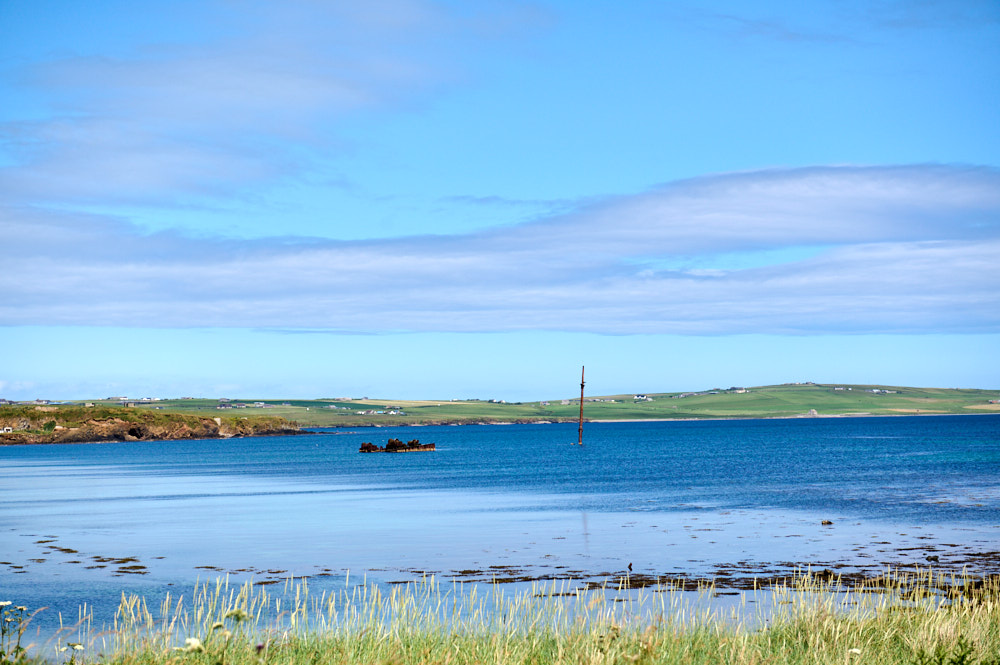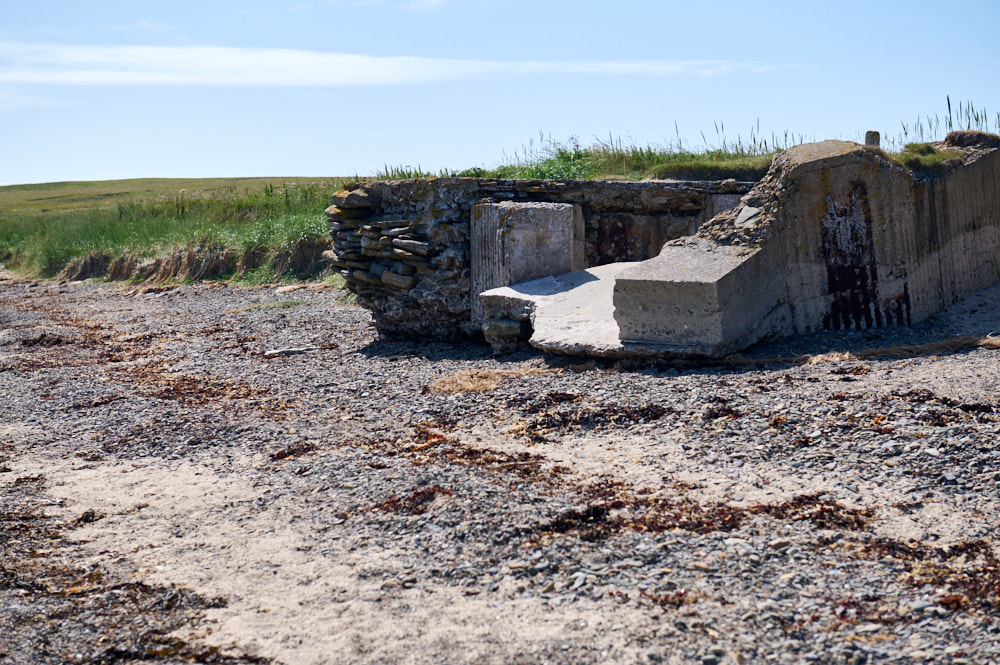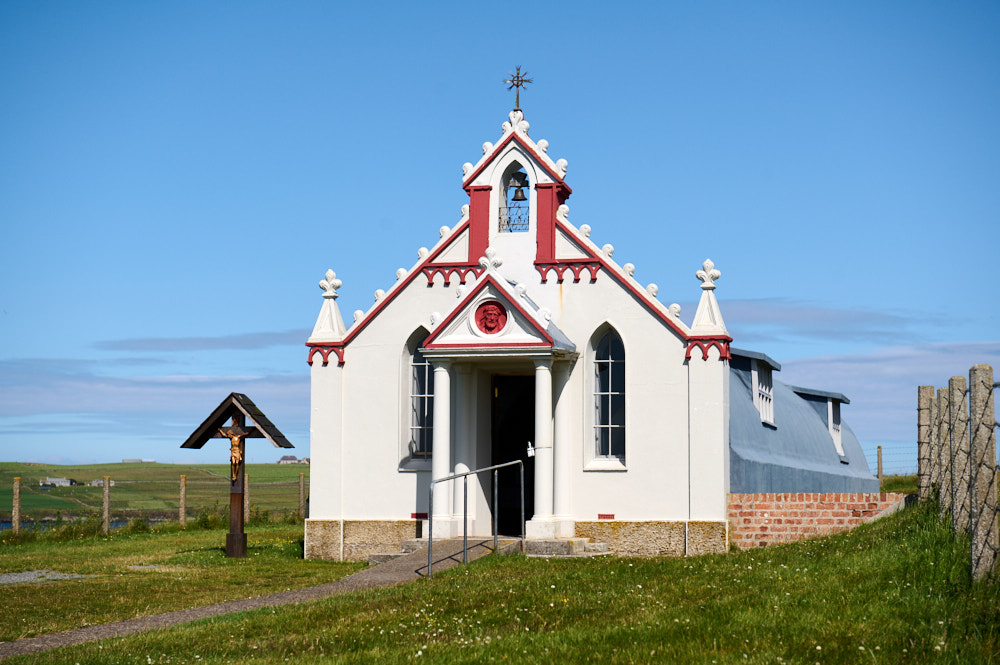
The Italian Chapel in Orkney, built on the Island Lamb Holm by Italian prisoners of war, is a very special reminder of hard times.
In October 1939 a German submarine under the command of Gunther Prien entered Scapa Flow and sank the British battleship ‘HMS Royal Oak’ with the loss of 834 lives. Winston Churchill, First Sea Lord at that time, visited Orkney and it was decided to build barriers to close off four entrances to Scapa Flow.
In January 1942 over a thousand Italian prisoners of war were brought to Orkney to help built the Churchill Barriers. But it was forbidden to have POWs work in military projects, so the barriers were declared to be needed causeways linking the south-eastern islands of Orkney, which they do till today.
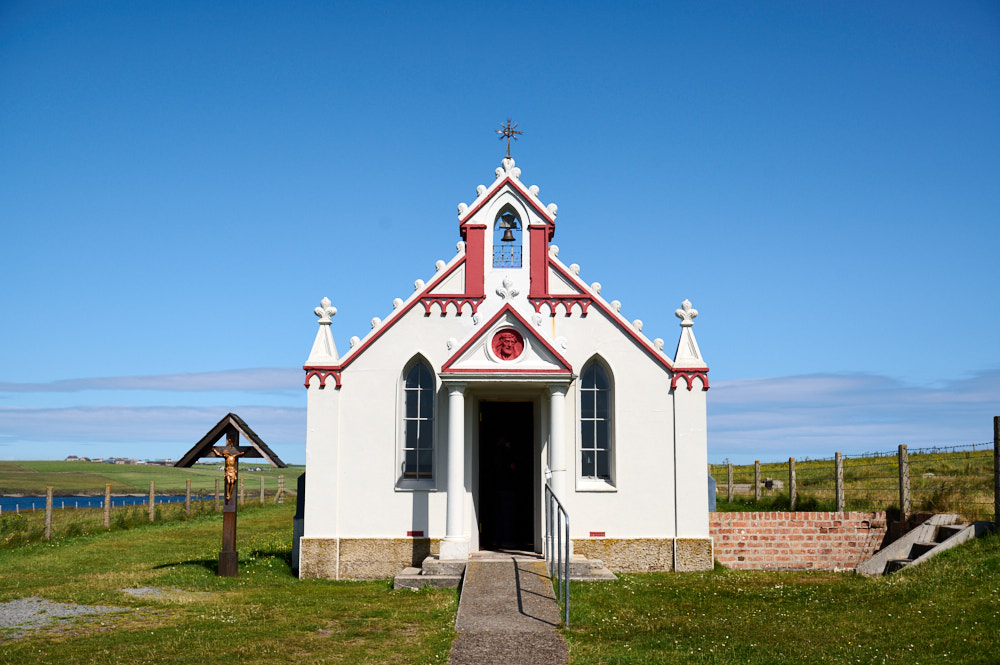
It was a hard life for all the workers on the barriers, many died during the construction works. The POWs lived in Nissan Huts in Camps on the islands. The Italian Chapel and a statue of George slaying the dragon are a reminder of Camp 60.
Camp 60 housed 550 Italian prisoners from January 1942 until September 1944. The camp had 13 huts and
which the Italians improved with concrete paths (concrete was never in short supply during the construction of the Churchill Barriers) and gardens, complete with flower beds and vegetable plots. (Undiscovered Sotland)
Domenico Chiocchetti, one of the prisoners, built the statue of George slaying the dragon in the middle of the camp out of barbed wire and concrete. The Italians also built a theatre and a recreation hut, complete with three billiard tables, all built with concrete.
But what was really missing for Camp 60 was a chapel – when the camp got a new commander in 1943, Major T.P. Buckland, the Italians proposed the building of a chapel out of two small huts.
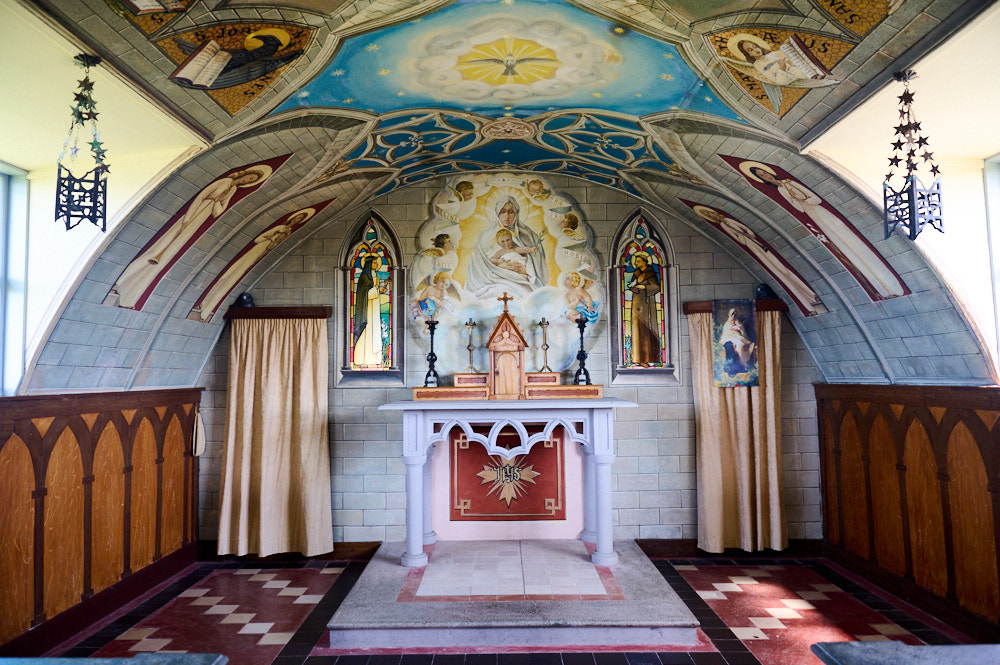
The work of turning the Nissen huts into a chapel fell to the prisoners themselves, led once more by Domenico Chiocchetti. The interior of the east end was lined with plasterboard and Chiocchetti started work on what is now the sanctuary. The altar and its fittings were made from concrete and were flanked by two windows made from painted glass. The gold curtains either side of the altar were purchased from a company in Exeter using the prisoners’ own funds. (Undiscovered Scotland)
Chiocchetti painted the inside of the Chapel like a work of art, still taking your breath away today.
Domenico Chiocchetti carried in his pocket a small prayer card given to him by his mother before he left his home in Italy, and it was the image on that card of the Madonna and Child by Nicolo Barabino that Chiocchetti based his painting above the altar in the Chapel. When the Camp Commander, Major Buckland, realised that the prisoner was a very talented artist he was allowed to continue painting to make the building more attractive. (Orkney.com)
Another prisoner, Giuseppe Palumbi, who had been a blacksmith in Italy before the war, spent four months constructing the wrought iron rood screen, which still complements the rest of the interior today. (Undiscovered Scotland)
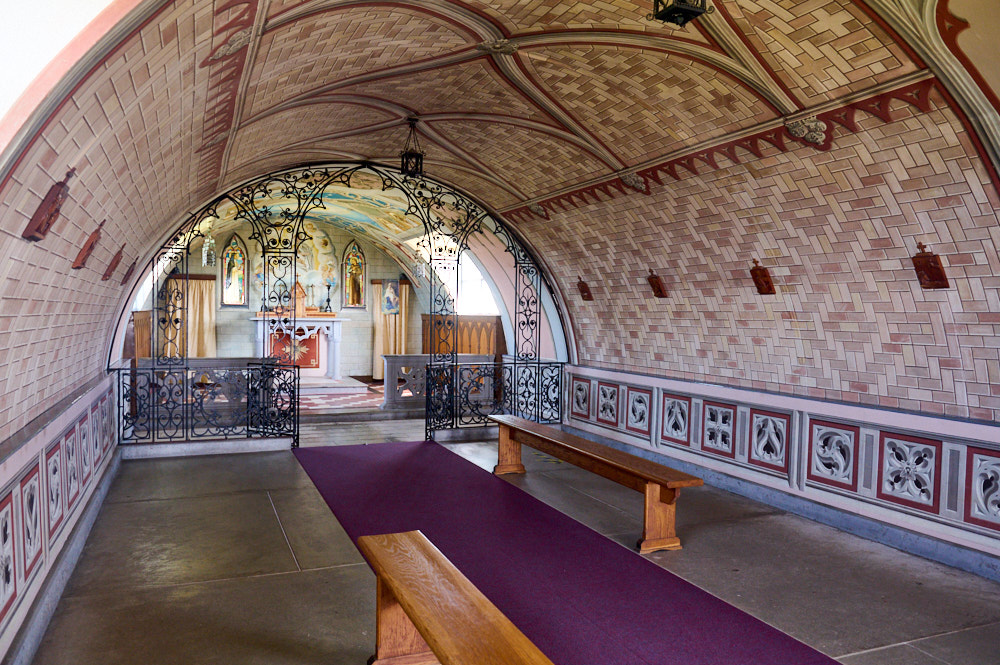
Working on the chapel took a long time, the Italian Chapel wasn´t even fully finished when the Italians left the island on 9 September 1944, only Chiocchetti stayed to finish the works.
Before the Italians departed the Lord Lieutenant of Orkney, who also owned Lamb Holm, promised that the Orcadians would look after the chapel they had created. (Undiscovered Scotland)
Even though the rest of the camps were demolished, the Chapel survived and soon became a visitor attraction. In 1958 a preservation committee was formed and in 1960 the BBC funded the travels for Chiocchetti to come back to Orkney and restore his painting works.
Domenico Chiocchetti returned to Orkney again in 1964 with his wife, and gifted to the chapel the 14 wooden stations of the cross on view today. In 1992, 50 years after the Italians were originally brought to Orkney, 8 of the former prisoners returned, though Chiocchetti was too ill to be with them. Domenico Chiocchetti died on 7 May 1999 in his home village of Moena, aged 89. (Undiscovered Scotland)
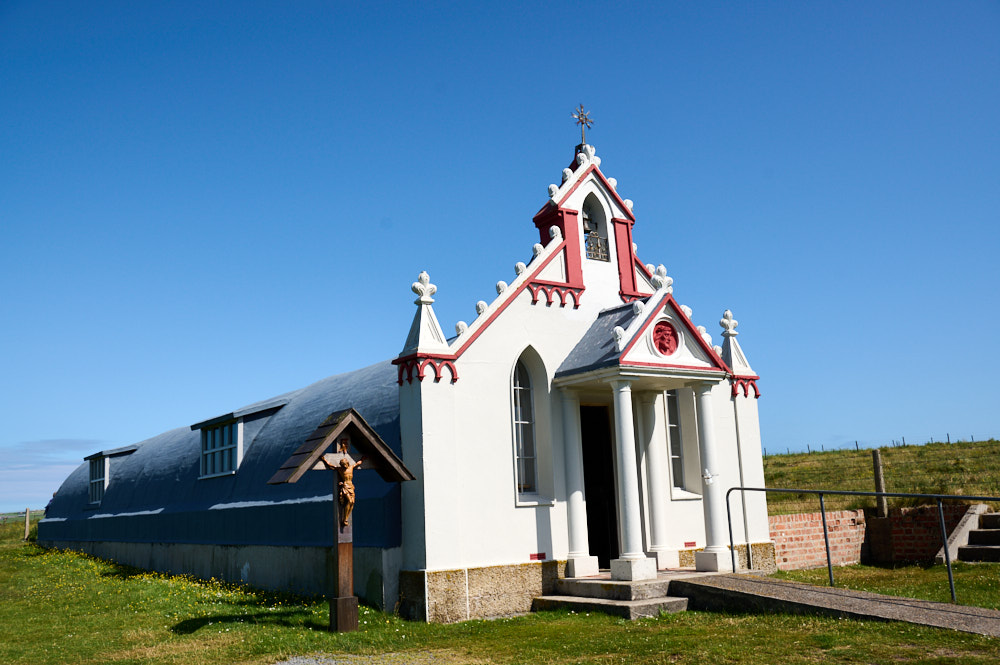
A strong friendship with the town of Moena in Italy, the home of Chiocchetti, and Orkney still remains today. Chiocchettis daughter Letizia is an Honorary President of the Preservation Committee.
Antonella Papa, a restoration artist from Rome, who had previously done work in the Sistine Chapel, has also spent time working in the Chapel to refresh areas of Chiocchetti’s painting. (Orkney.com)
